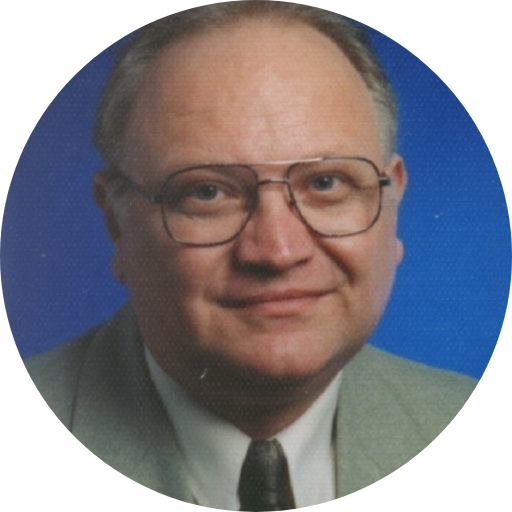
Prof.Dr.Sc. Ognjan Božić worked for The German Aerospace Center as a research scientist for 19 years. Research was focused on solid and hybrid rocket engines, aerothermodynamics, rocket propulsion, space system concepts etc.
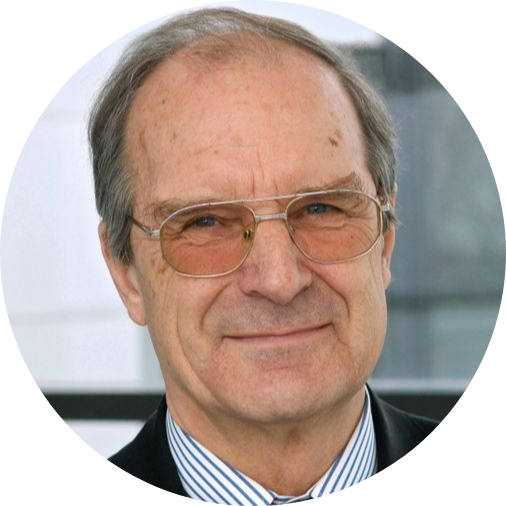
Stoewer was the European Space Agency’s (ESA) first program Manager for the Spacelab project, where he created a strong systems group. Stoewer also founded the ESA’s Systems Engineering and Programmatics Department, where he implemented an end-to-end systems engineering philosophy across ESA projects. He served as managing director of the German Space Agency’s national space science and applications projects.
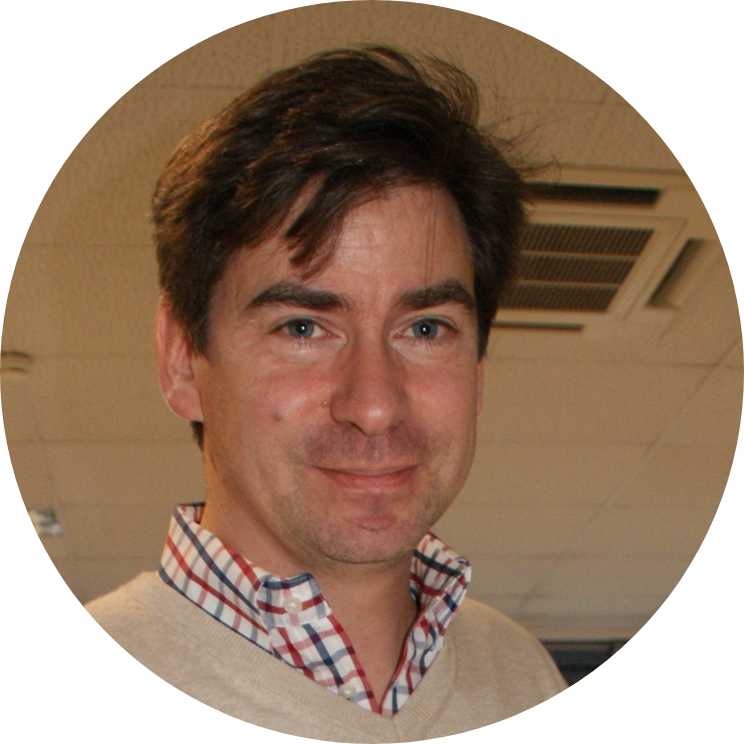
Lectures Space Mission Analysis and Design, Space Propulsion, Master Thesis Seminar at University of Applied Sciences in Austria. He is also advisor to students in Projects and Master Theses. Field of specialization: Space Propulsion.
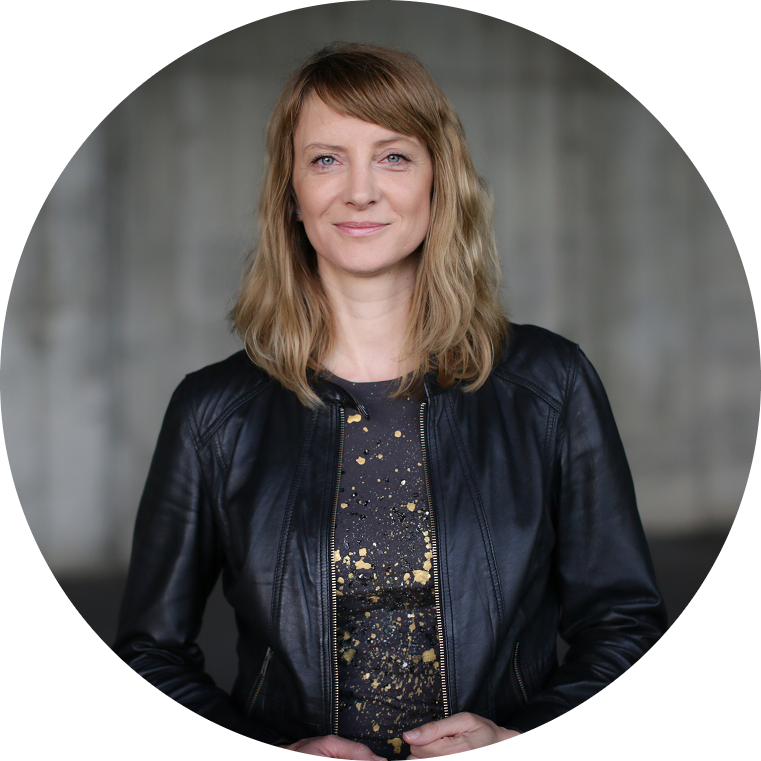
Andreja Gomboc received her PhD in physics at the University of Ljubljana in 2001, followed by Marie Sklodowska Curie postdoctoral fellowship at Liverpool John Moores University, UK. Currently she is professor of astronomy at the University of Nova Gorica, where she is leading Slovenian participation in the Vera Rubin Observatory's Legacy Survey of Space and Time. Her main fields of research are astrophysical transients (tidal disruption of stars in vicinity of massive black holes, gamma ray bursts, electromagnetic counterparts of gravitational wave events), and relativistic navigation satellite systems.
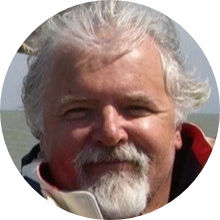
Consultant / Senior advisor, space systems professional with 36 years of experience. Special in-depth expertise in Earth observation, satellite navigation and satellite communication as well as ground-based validation experiments. He is the former Head of the Electromagnetics & Space Environment Division at the European Space Agency and has served as expert to several European and national Institutions. He has supported EGNOS and Galileo in defining and developing correction algorithms.

Manuel La Rosa Betancourt, CEO, is a German entrepreneur borne in Venezuela. He holds a degree in materials science engineering and a master's degree in business innovation. Manuel brings over 20 years of experience in technology, business and marketing and has worked in several multinational companies such as LANXESS and Honeywell. He has entrepreneurial experience, having founded his own consulting firm for innovation management in 2009 and managing it full-time between 2014 and 2019. Between 2016 and 2019, he built up several EU consortia for superconductors in Space. During this time, he developed a comprehensive overview of the HTS, aviation, marine, and space industries. In 2019, Manuel dedicated full-time to setting up Neutron Star Systems. Manuel’s knowledge of innovation management, cross-pollination, and deep tech development is key for charting the business roadmap of NSS from prototype to fully commercial products.
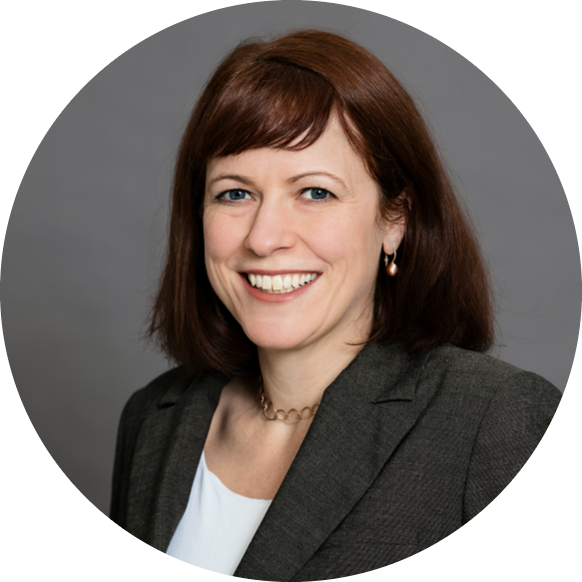
Dr. Susanne Katzler-Fuchs holds a doctorate in economics with a focus on high-tech marketing. She is co-founder and managing director of Brimatech Services GmbH since 2008. At Brimatech, she is responsible for space and coordinates all activities with ESA. Brimatech has been official partner of ESA in Austria since 2011, taking care of Technology Transfer. For more than 10 years, she has regularly accompanied GNSS application projects from a market and customer perspective. For the public sector, she carried out studies in the field of space for the Austrian Federal Ministry as well as the European Commission. Brimatech regularly actively participates in space-specific events or organizes them. Susanne is a member of the FFG Advisory Board for Aerospace and is therefore actively involved in the strategic development of Austrian space agendas.
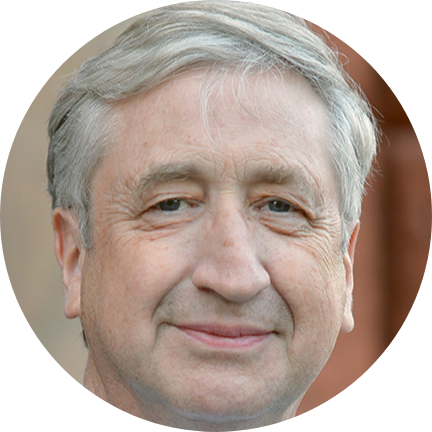
Martin Quack is professor of physical chemistry at ETH Zürich, His research group investigates the quantum dynamics and kinetics of molecules both theoretically and experimentally, with special emphasis on the dynamics of tunneling and parity violation (due to the electroweak interaction of the standard model) in chiral molecules. He has been elected as a Fellow of the American Physical Society, Member of the Academy of Sciences Leopoldina, the Berlin-Brandenburg Academy of Sciences and Humanities, the American Academy of Arts and Sciences as well as a corresponding member of Göttingen Academy of Sciences and Humanities. From 2002 to 2011 he had been member of the National Research Council of the Swiss National Science Foundation. In 2014 he was elected as member of the presidium of the German Academy of Sciences, Leopoldina
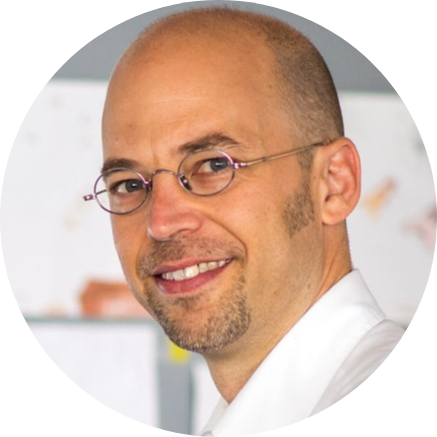
Following training as a theoretical physicist, master studies in nuclear physics and in space studies, and a PhD on radiation matter interaction, I am performing, directing and managing research projects on advanced space systems and technology, have implemented some of these on small experiments (e.g. Furoshiki with JAXA), gained experience in larger projects (ExoMars) and set-up together with Andrés Galvez and Max Vasile the Ariadna research cooperation scheme which I have then managed and run, creating a large network of researchers linked to space and ESA.
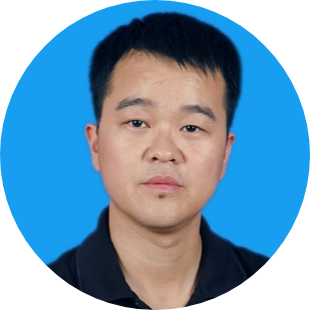
Yi Li is an Associate Professor and Assistant Dean at the School of Astronautics, Northwestern Polytechnical University, China. His research group works on sounding rockets and aerodynamics related to spacecraft. He also works on space education. In 2017, he founded the first students’ club of sounding rocket in China. He is also a division director of Shaanxi Society of Aeronautics and Astronautics. From 2009 to 2014, he worked as a PhD student at German Aerospace Center and received the doctoral degree from Technical University Braunschweig in 2015.

Anna Šušnjara received her PhD in el. eng. from the Univ. of Split, Croatia. Currently, she is with Dept. of Electron. and Computing, FESB, Univ. of Split. Her research interests include numerical modelling, uncertainty quantification and sensitivity analysis in computational electromagnetics. In 2016 dr. Šušnjara received the best poster award at BioEM conference in Ghent. From 2017 to 2019 she held few tutorials, seminars training schools and lectures for PhD/postdoc students on numerical modeling, ground penetrating radar (GPR), bioelectromagnetics and stochastic analysis in engineering. From 2015 to 2017 she participated COST Action TU1208 “Civil Engineering Applications of Ground Penetrating Radar”. From 2015 to 2021 dr. Šušnjara was a member of EUROfusion WPCD working group for Integrated Tokamak Modelling. In 2021 she joined WPENS, another EUROfusion working group in the framework of IFMIF/DONES project. In the period 2016-2020 she participated some national and bilateral projects. Dr. Šušnjara is a member of IEEE and EBEA societies. She currently serves as a Vice President of Croatian chapter of IEEE EMC society. To date, dr. Anna Šušnjara authored and co-authored more than 40 journal and conference papers in different areas of computational electromagnetics, as well as one book chapter for Springer series on Uncertainty Modelling for Engineering Applications.

Pietro Giordano is in charge of multiple activities related with space GNSS receivers and space PNT concepts at ESA. Pietro worked in Thales Alenia Space Italy before joining ESA/ESTEC in 2009. He worked several years within the Galileo project covering many roles, from user segment to operations. He is now working in the ESA technical directorate as overall coordinator for spaceborne GNSS and space PNT technologies. He is in charge of the definition and coordination of the European technology harmonisation roadmap for on-board radio navigation receivers, he is involved in multiple missions such as Galileo, Copernicus/Sentinels, Proba3 and GOMX-5. He contributed in the development of new concepts such as real-time on-board autonomous POD (P2OD concept), LEO PNT payloads, definition of new spaceborne GNSS receiver components (e.g.: AGGA family ASIC) and use of GNSS signals for lunar autonomous navigation. He is the technical lead for spaceborne GNSS receivers for lunar applications and the technical system engineering lead for the navigation services within the ESA Moonlight initiative.
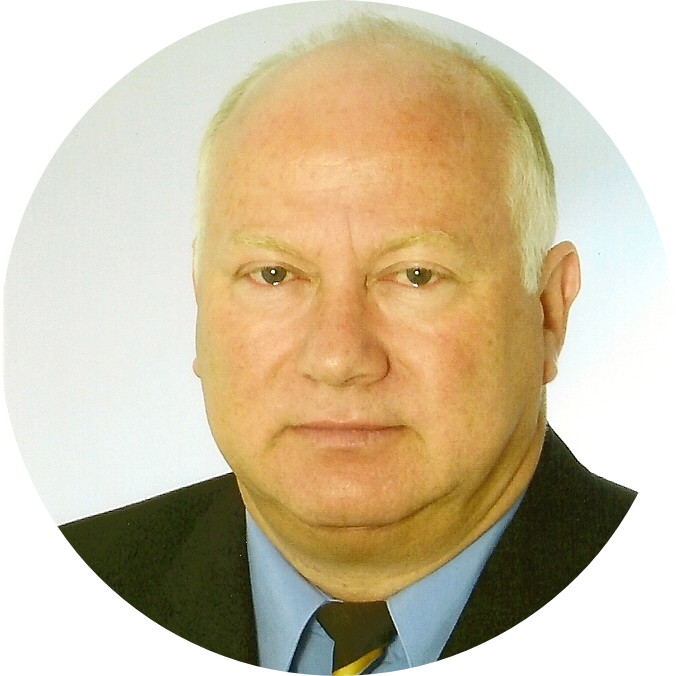
Guenter W. Hein is Professor Emeritus of Excellence of University FAF Munich. He was ESA Head of EGNOS & GNSS Evolution Programme Dept. 2008-2014, in charge of development of 2nd generation of EGNOS and Galileo. Prof. Hein has more than 300 scientific and technical papers published, carried out more than 200 research projects and educated more than 70 Ph. D.´s. He received 2002 the prestigious Johannes Kepler Award for „sustained and significant contributions to satellite navigation” of the US Institute of Navigation (ION), the highest worldwide award in navigation given only to one individual each year. G. Hein became 2011 a Fellow of US ION. The Technical University of Prague honoured his achievements in satellite navigation with a Doctor honoris causa in Jan. 2013. He is Chairman of the Executive Board of Munich Aerospace.

Prior to joining the Breakthrough Prize Foundation, Dr. Worden was Director of NASA's Ames Research Center. He was research professor of astronomy at the University of Arizona. He is a recognized expert on space and science issues and has been a leader in building partnerships between governments and the private sector internationally. Dr. Worden has authored or co-authored more than 150 scientific papers in astrophysics and space sciences. He served as a scientific co-investigator for three NASA space science missions – most recently the Interface Region Imaging Spectrograph launched in 2013 to study the Sun. He received the NASA Outstanding Leadership Medal for the 1994 Clementine Mission to the moon. Dr. Worden was named the 2009 Federal Laboratory Consortium 'Laboratory Director of the Year' and is the recipient of the 2010 Arthur C. Clarke Innovator's Award.

Sun was a founding member of China Manned Space Agency (CMSA) in 1993 and worked as General Designer Assistant for China Manned Space Program (CMSP) for 8 years. After the maiden flight of Shenzhou spaceship, Sun moved to Munich and worked as Managing Director of EurasSpace GmbH, a company of EADS and China Aerospace Science and Technology Corporation (CASC) for more than 8 years. The joint-venture company was a primary contractor of Sino-European space business. After managing this office he founded CASC European Office based in Paris, and served as Chief Representative in the office for 7 years. Sun was involved in most of the joint programs between China and European in this period, including the satellite launch services for Eutelsat W3C, telecommunication satellite procurements or joint manufacture from/with European satellite manufacturers, and several joint satellite programs with ESA and CNES based on bilateral government agreements. Mr. Sun is the author of a number of scholarly papers, presentations, articles and book contributions.
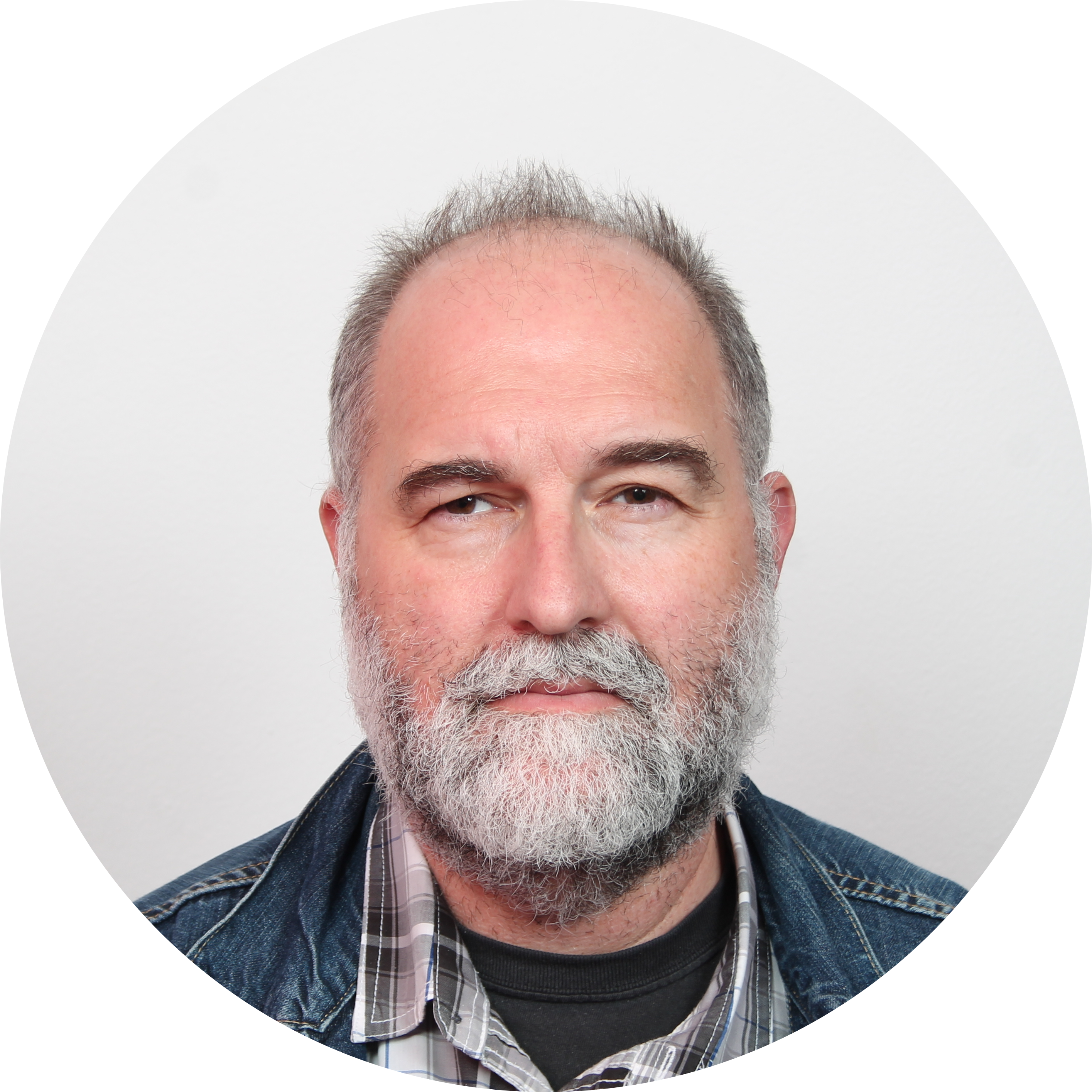
Dragan Poljak received his PhD in el. Eng. in 1996 from the Univ. of Split, Croatia. He is the Full Prof. at Dept. of Electron. and Computing, Univ. of Split. His research interests include computational electromagnetics (electromagnetic compatibility, bioelectromagnetics, ground penetrating radar and plasma physics). To date Prof. Poljak has published more than 160 journ. and 250 conf. papers, and authored some books, e.g. two by Wiley, New Jersey and one by Elsevier, St Louis. He is a Senior member of IEEE, a member of Editorial Board of Eng. Anal. with Boundary Elements, Math. Problems in Eng. And IET Sci. Measur. & Techn. He was awarded by several prizes for his research achievements, such as National Prize for Science (2004), Croatian sect. of IEEE annual Award (2016), Technical Achievement Award of the IEEE EMC Society (2019) and George Green Medal from University of Mississippi (2021). From May 2013 to June 2021 Prof. Poljak was a member of the board of the Croatian Science Foundation. He was involved in ITER physics EUROfusion collaboration and he is currently involved in DONES EUROfusion collaboration and in Croatian center for excellence in research for tech. sciences. He is active in few Working Groups of IEEE/Internat. Committee on Electromagnetic Safety (ICES) Tech. Comm. 95 SC6 EMF Dosimetry Modeling, (co-chair of WG2 and WG7).
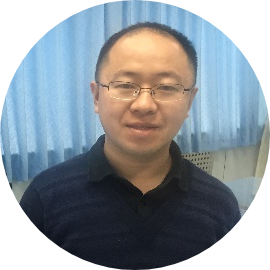
Dr. Huang received his doctoral degree in 2010 from the School of Astronautics, Northwestern Polytechnical University (NPU), China. He is currently an associate professor of NPU and the vice director of National Joint Engineering Laboratory of Microsatellite and its Application. He has participated in the program of Aoxiang satellites as the project manager of payload systems. His research interests are the space science research based on micro-satellites. Currently, he manages the development of science data center and data processing system of Macau-1 satellite, which aims to measure the magnetic field in the South Atlantic Areas with high precision and will be launched in late 2021. Moreover, his research interests also relate to the micro robot system for asteroid probe.
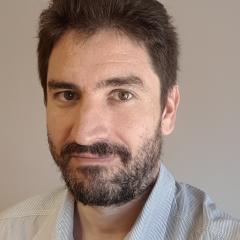
Uroš Kostić received his PhD in physics at the University of Ljubljana. While employed there, his areas of research were black holes and relativistic positioning systems. After a decade of academic jobs, he moved to private sector: he is the founder and the CEO of Aalta Lab d.o.o, a company offering consultancy services in data analysis, artificial intelligence, and high-performance computing. Currently, he is also an external consultant for the Joint Research Centre of the European Commission. He is still actively involved in ESA projects related to relativistic positioning systems as a project manager and a researcher.
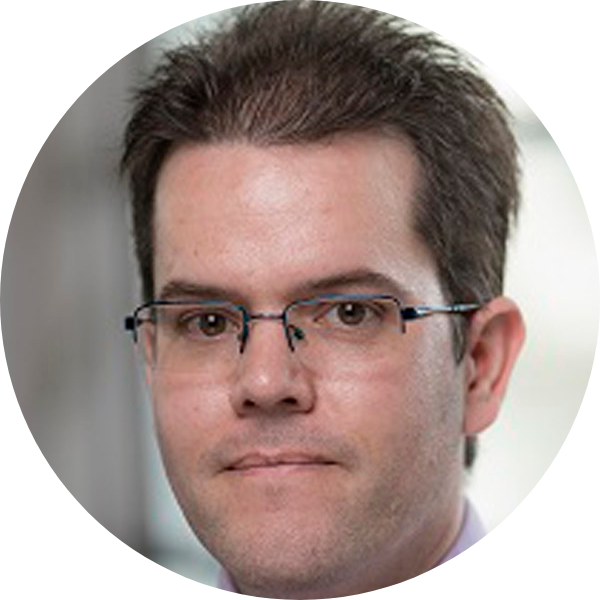
Aaron Knoll is head of the Imperial Plasma Propulsion Laboratory (IPPL) within the Aeronautics Department at Imperial College London. From 2013 to 2017, Aaron led the Plasma Propulsion research group at the Surrey Space Centre, University of Surrey. His research looks at alternative propellants for spacecraft electric propulsion, innovative MEMS based electrolysis micro-propulsion for CubeSats and SmallSats and hybrid electric + chemical propulsion architectures for future space exploration.
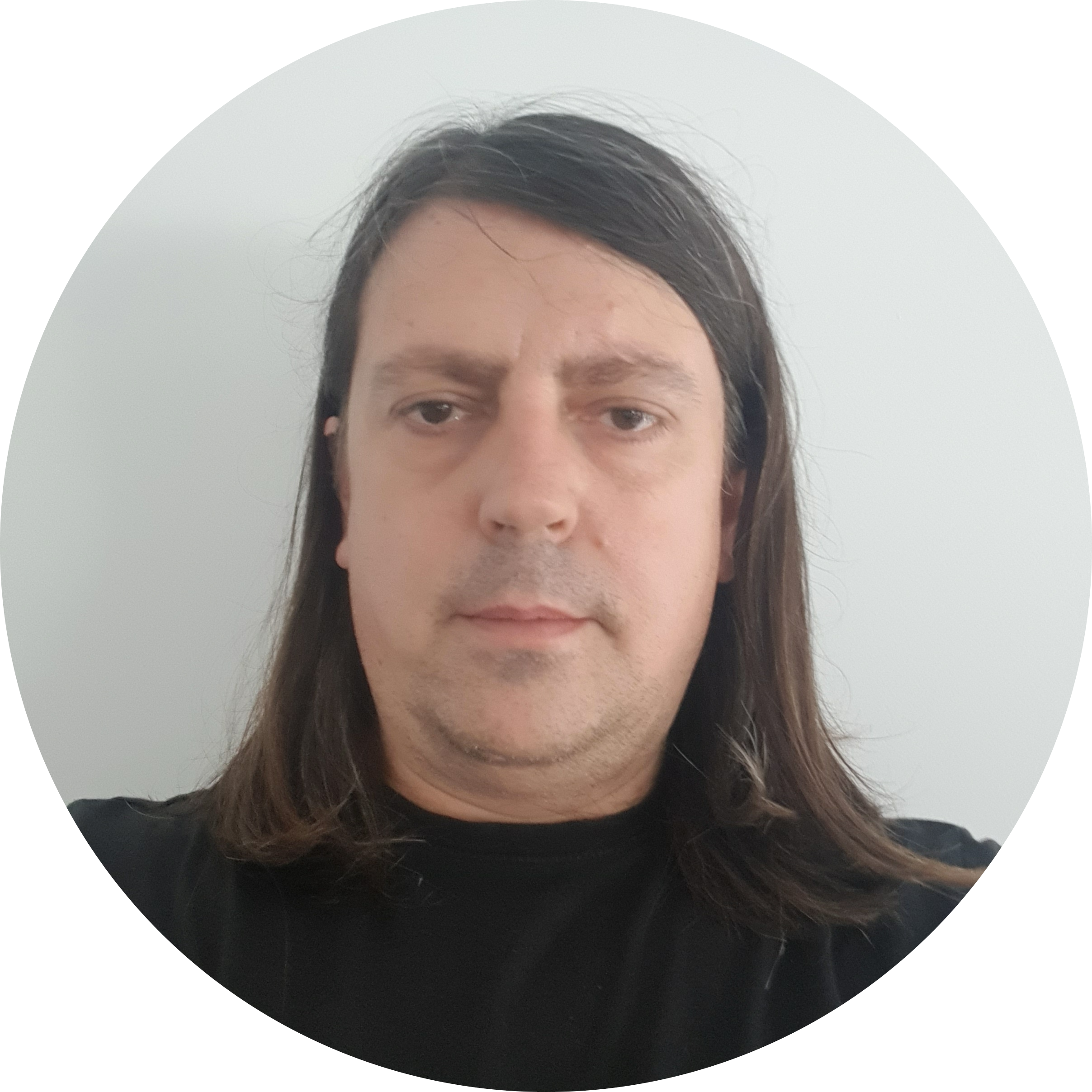
He received a Ph.D. degree in physics at the University of Zagreb, Croatia. He is employed at the Institute of Physics, Zagreb, Croatia where he is a leader of the Group for Plasma and Laser Applied Research at the Centre of Advanced Laser Techniques (CALT). He spent two years in a postdoc position at the University College Dublin under a Marie Curie fellowship working on EUV light sources. His research interests include laser-produced and nonequilibrium plasmas, atmospheric plasmas, plasma diagnostics, extreme light sources, synthesis and applications of nanoparticles by laser ablation in liquids, photocatalysis, and PLD of thin films.